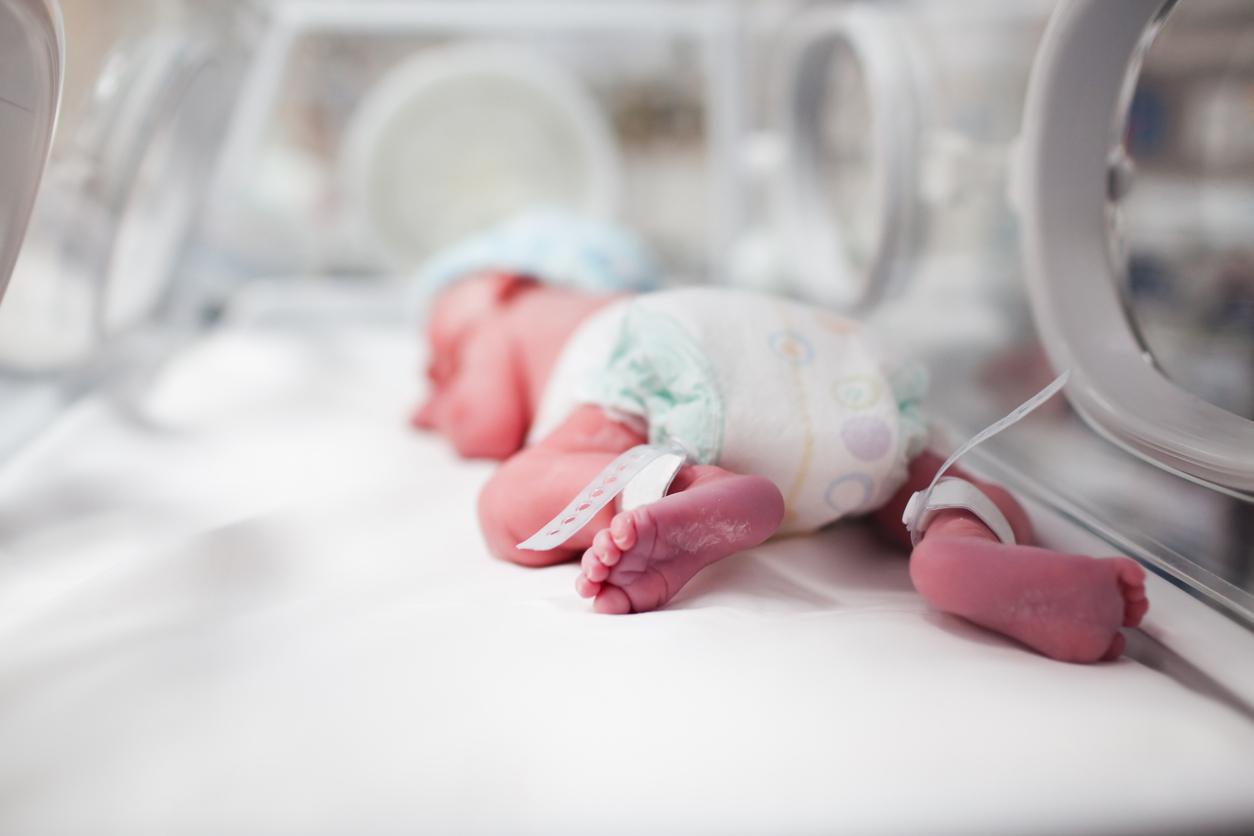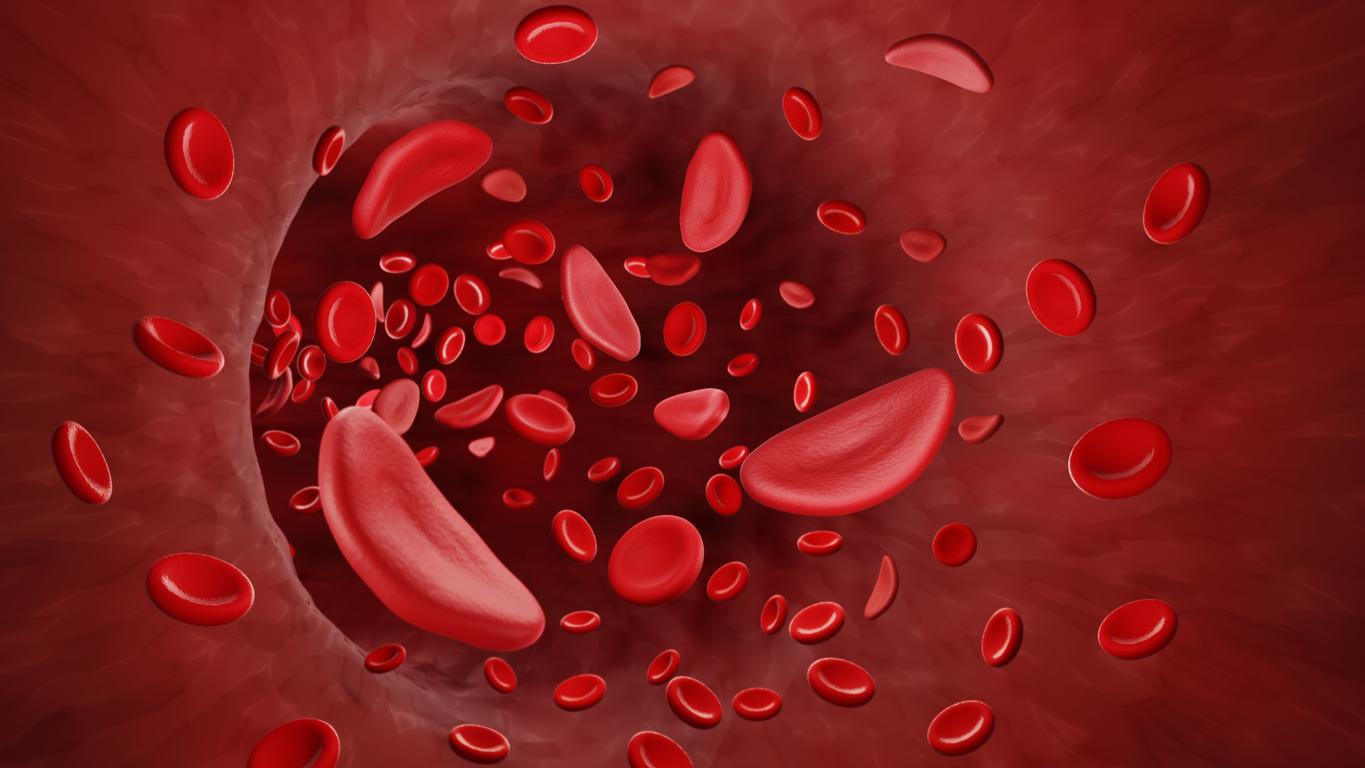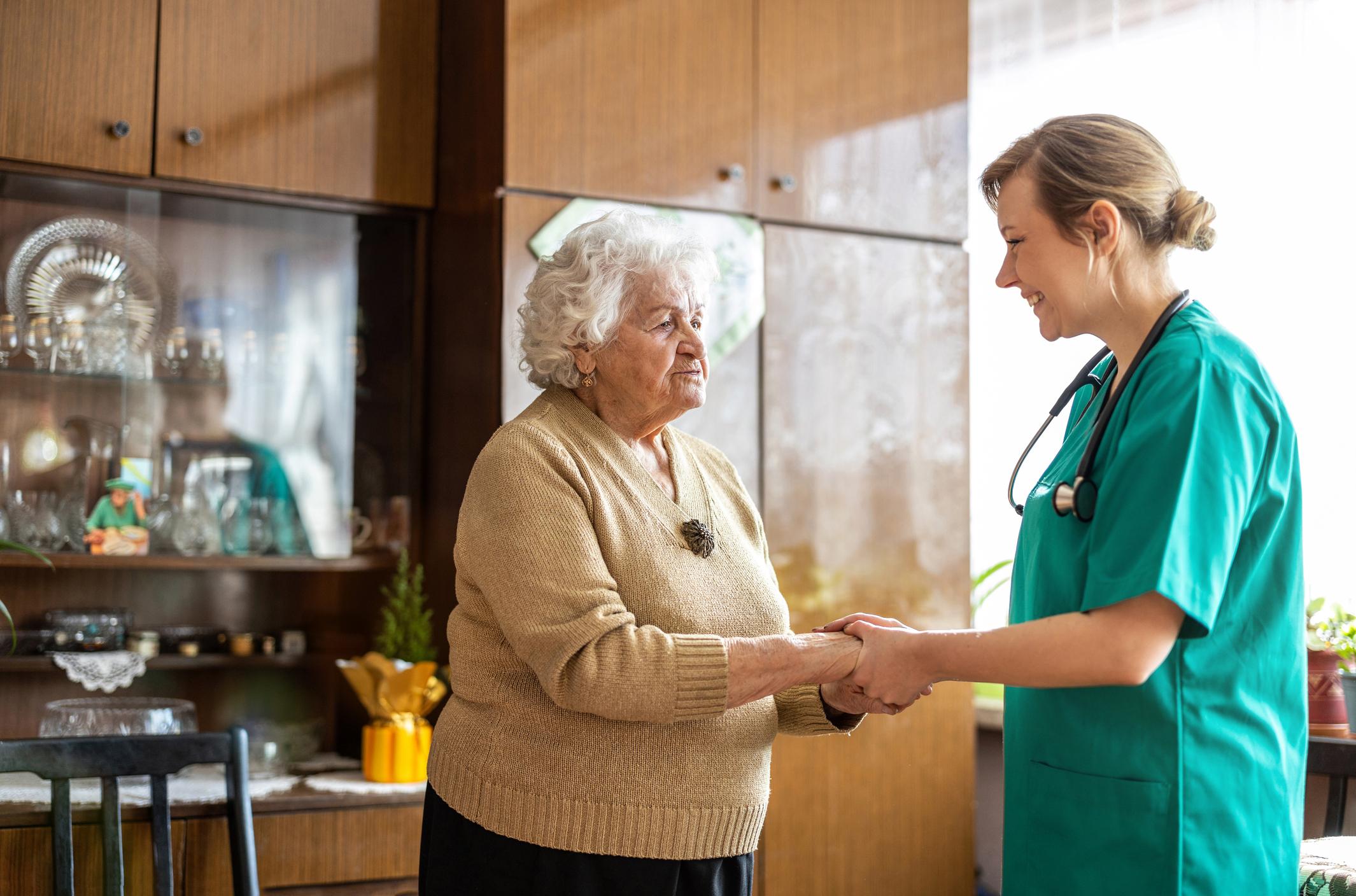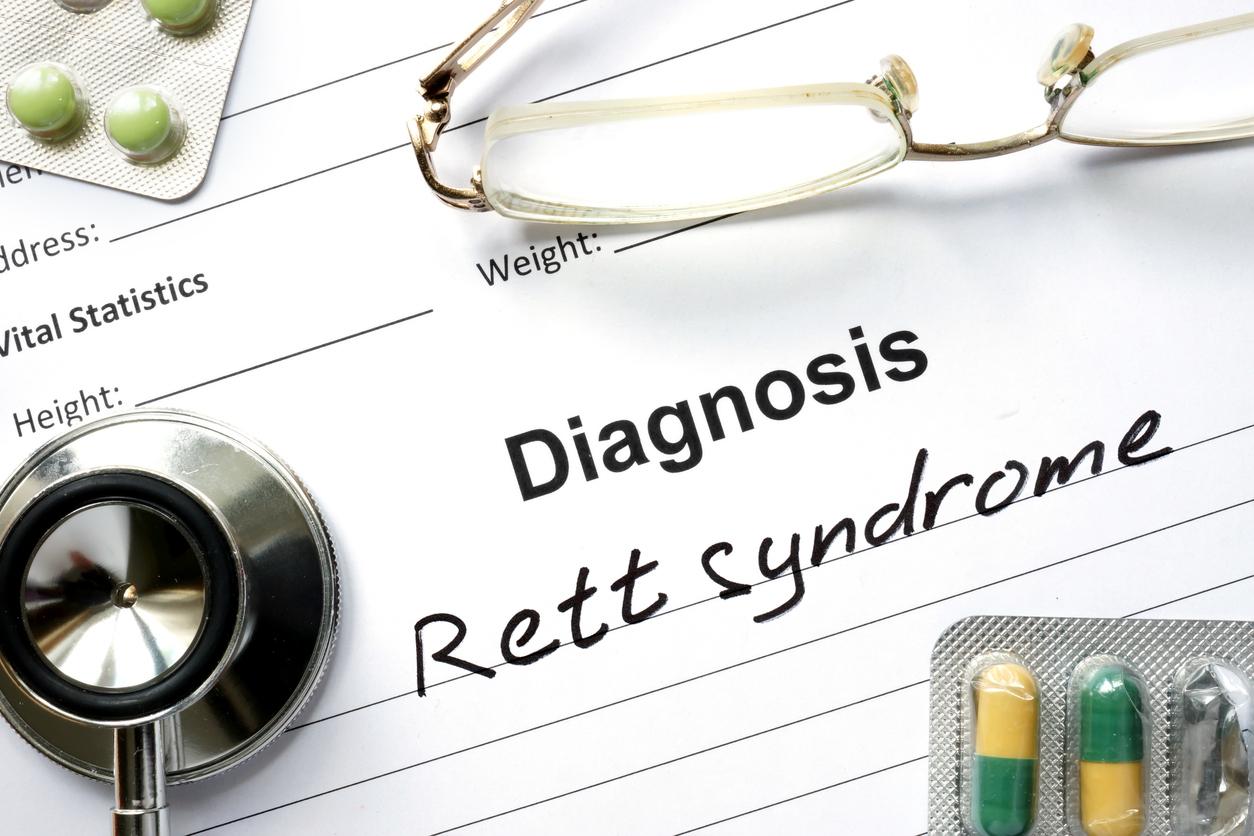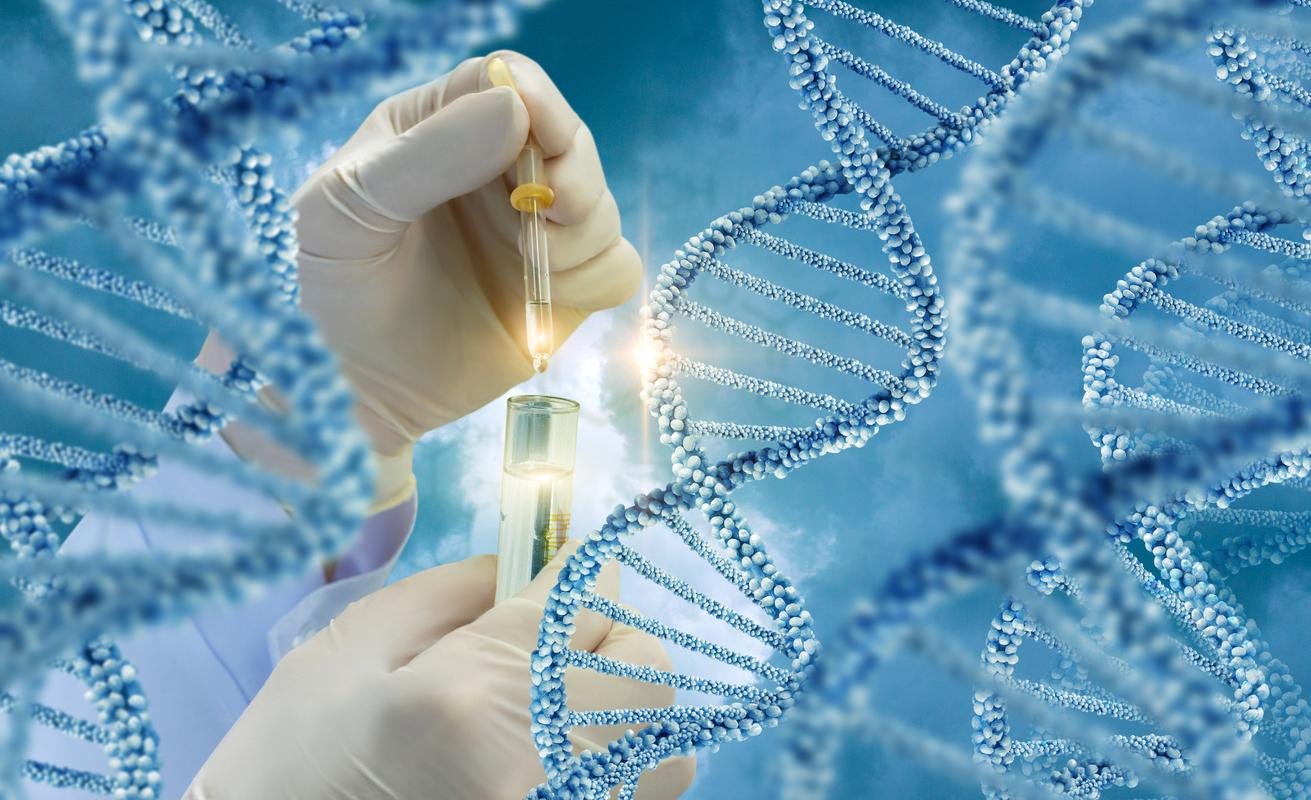MAINTENANCE – Most of the 8,000 rare diseases do not have a cure. Patient care is also complicated by the lack of funding.
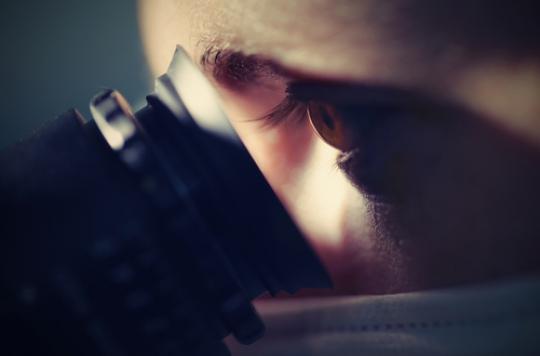
- 6,000 to 8,000 rare diseases are identified today. By themselves, they affect less than one in 2,000 people.
- Taken together, rare diseases affect as many people as diabetes: 3 million.
- The diagnostic wandering lasts on average 3 to 4 years for the patients.
- 99% of rare diseases have no cure.
- The second rare disease plan expired in 2014. Associations are calling for a third plan.
It is a subject that unites patients and their caregivers: rare diseases lack treatment. 99% of them cannot be cured at present. If they cannot be cured, it is however possible to diagnose them with more precision, in order to improve care and prevent complications. The two successive Rare Disease Plans have even enabled the emergence of rare disease reference centers (CRMR), spread across the country.
A third Plan is beginning but it is only at an embryonic stage. “The first working meetings have just started”, deplore the actors of the Platform for rare diseases, which brings together associations and experts. No target or funding exists yet. This step will however be necessary to further improve the care of the three million patients concerned. Because they are waiting for developments firmly. And they are not alone.
Health professionals in the sector, too, expect a lot from the next plans. Interview with Pr Sylvie Manouvrier, geneticist at the CRMR “Development anomalies” at the CHRU of Lille (North).
What are the specific problems of rare diseases?
Sylvie Manouvrier: My service is aimed at a particular group of rare diseases: developmental anomalies and malformation syndromes. These pathologies are extremely rare, they affect few patients individually. This service treats hundreds or even thousands of different illnesses. Individually, they are very exceptional, but in the end they reach 3 to 5% of newborns.
This is the whole problem of these pathologies: for some we will only meet one or two patients who suffer from it in a medical career. But as a whole, they all pose the same problems, that of diagnosis and management, as well as genetic information at the family level.
Are the treatments a financial problem?
Sylvie Manouvrier: Unfortunately, in the vast majority of developmental anomalies and malformation syndromes, there are no drugs, since the malformations occur during the development of the embryo. Depending on the case, patients benefit from surgical interventions, prostheses, physiotherapy, occupational therapy, academic support… all of the care that can be costly. It is a whole multidisciplinary team that is organized around a patient to take charge, at best, his handicap and allow him to integrate into life.
Is coordinating teams easy?
Sylvie Manouvrier: When we have been able to set up these teams within a hospital, as part of a CRMR, we work very easily with multiple specialists. This is also the advantage of the rare disease plan: it has facilitated the setting up of these teams, with file meetings, multidisciplinary consultations, help from psychologists, etc.
The Rare Disease Plan was a huge plus for patient care. Both financially – because this has enabled our teams to recruit doctors, psychologists, nurse coordinators, secretaries – but also organizationally. It has been a driving force behind organizations that we were already setting up, but which have been facilitated. Communication at the national level has also been facilitated by a federation of centers.
What should the next plan bring?
Sylvie Manouvrier: Above all, we lack the means. Our funding will be recalculated according to the type of center and its activity. This will restore a little balance between the different CMRs. Funding was granted on the basis of demand and some were more demanding than others. In Lille, we are very poorly funded. This revision will be favorable to us and will allow us to increase our staff, which is the main problem.
How do you fill this funding gap?
Sylvie Manouvrier: We work a lot. Our work weeks are 60-70 hours. The Lille CRMR covers the entire former Nord-Pas-de-Calais region (current Hauts-de-France with Picardy, editor’s note), or 4 million inhabitants. We travel to a number of hospitals in the region to provide easy access to our expertise. But this is still insufficient: many centers would like us to come to them. Given our numbers, we can’t do it. This is why we would need local relays, because we compensate by probably working too much and sometimes too quickly.
.









